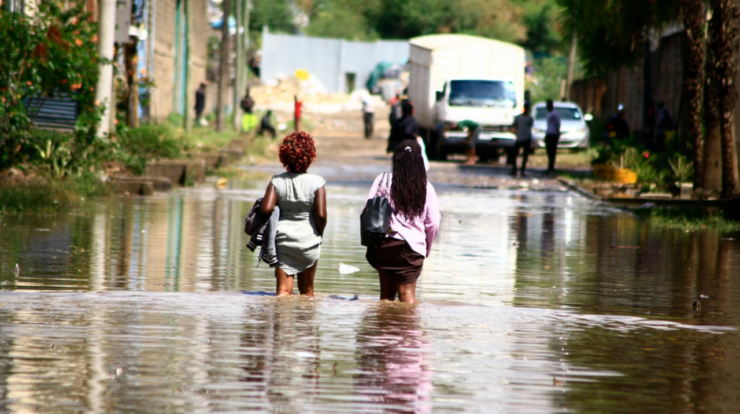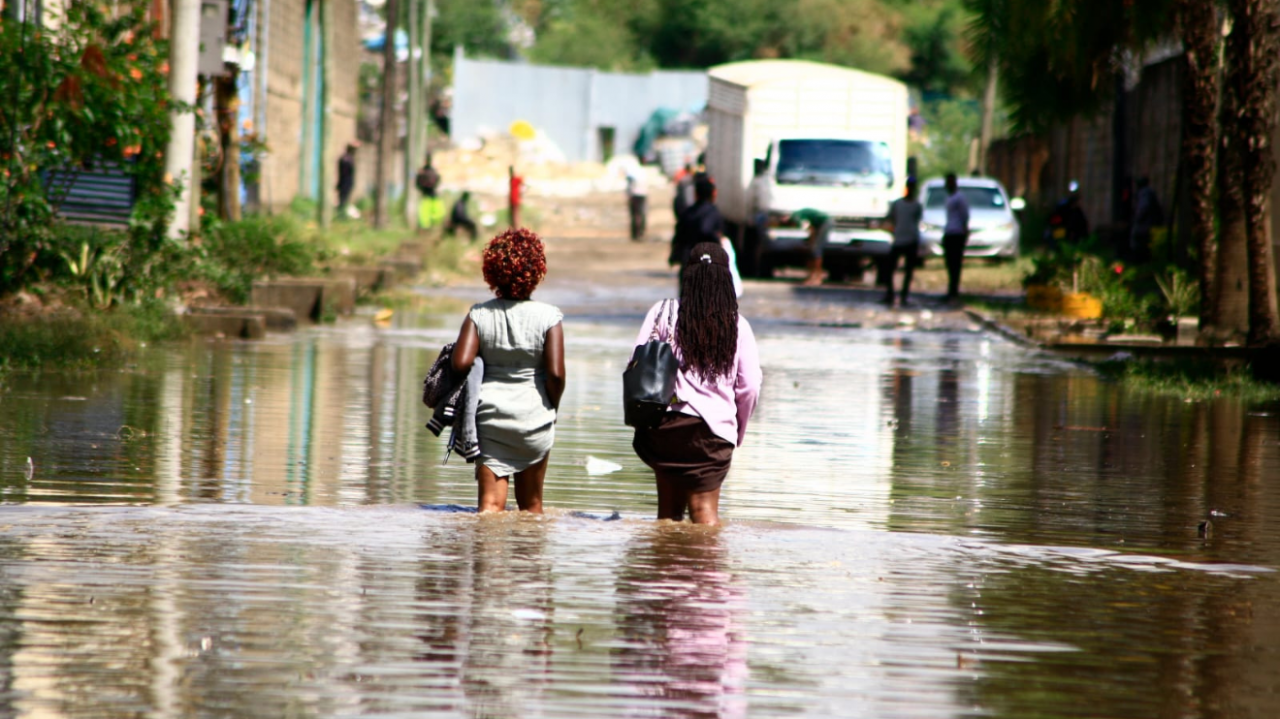
Kenya Nairobi Flooding: A City Battling the Ravages of Water. Nairobi, the bustling capital of Kenya, has long been plagued by the devastating effects of flooding. Heavy rainfall, poor drainage systems, and rapid urbanization have combined to create a perfect storm, leaving residents vulnerable to the destructive force of water.
Flooding in Nairobi is a persistent problem, with the city experiencing severe flooding events almost every year. The impact of these floods is far-reaching, affecting thousands of people, damaging property, and disrupting economic activity. In recent years, the problem has only worsened, as climate change intensifies rainfall patterns and exacerbates the city’s drainage challenges.
Nairobi Flooding: Overview
Nairobi, the capital of Kenya, is prone to flooding, which has become a significant challenge for the city and its residents. Flooding occurs frequently during the rainy season, causing widespread disruption, damage, and economic losses.
The causes of flooding in Nairobi are complex and include heavy rainfall, poor drainage systems, and urbanization. The city’s infrastructure is often overwhelmed by heavy rainfall, leading to flooding in low-lying areas. Additionally, the lack of proper drainage systems and the rapid growth of the city have contributed to the problem.
Flooding in Nairobi has a significant impact on the city. Thousands of people are affected each year, with homes and businesses damaged or destroyed. The economic losses caused by flooding are also substantial, as businesses are forced to close and infrastructure is damaged.
Government Response to Flooding
The government of Kenya has taken several steps to address flooding in Nairobi. These include investing in infrastructure projects, such as the construction of drainage channels and flood control systems. The government has also implemented policies to promote sustainable urban development and reduce the risk of flooding.
The government’s response to flooding has been somewhat effective. The construction of drainage channels and flood control systems has helped to reduce the severity of flooding in some areas. However, the problem persists in many parts of the city, and more needs to be done to address the underlying causes of flooding.
Recommendations for improving the government’s response to flooding include investing in more sustainable urban development practices, such as green infrastructure and low-impact development. The government should also work with local communities to develop and implement flood mitigation strategies.
Community-Led Flood Mitigation
In addition to government efforts, there are a number of community-led initiatives to mitigate flooding in Nairobi. These initiatives include the construction of drainage channels, the planting of trees, and the development of early warning systems.
Local organizations and community members play a vital role in these initiatives. They work together to identify and implement solutions to flooding problems in their communities. The success of these initiatives demonstrates the importance of community engagement in flood mitigation.
Examples of successful community-led flood mitigation projects in Nairobi include the construction of drainage channels in the Mathare Valley and the planting of trees in the Kibera slum.
Flood Risk Management
Flood risk management is essential for reducing the impact of flooding in Nairobi. This involves taking steps to identify and reduce the risks associated with flooding.
There are a number of different flood risk management strategies that can be implemented in Nairobi. These include land use planning, flood warning systems, and emergency response plans.
Land use planning can help to reduce the risk of flooding by restricting development in flood-prone areas. Flood warning systems can provide early warning of flooding, giving residents time to evacuate and take other protective measures. Emergency response plans can help to coordinate the response to flooding and minimize the impact on the city.
Climate Change and Flooding

Climate change is likely to increase the frequency and severity of flooding in Nairobi. As the climate changes, rainfall patterns are becoming more unpredictable and extreme. This is likely to lead to more frequent and intense flooding events in Nairobi.
There are a number of things that can be done to adapt to the impacts of climate change on flooding. These include investing in flood-resistant infrastructure, developing early warning systems, and implementing flood management plans.
Sustainable Urban Drainage Systems (SUDS)
Sustainable urban drainage systems (SUDS) are a range of techniques that can be used to manage stormwater runoff and reduce the risk of flooding. SUDS mimic natural drainage systems and use vegetation, soil, and other natural materials to slow down, store, and clean stormwater.
SUDS can be used in a variety of settings, including residential, commercial, and industrial areas. Examples of SUDS include green roofs, rain gardens, and permeable pavements.
SUDS have a number of benefits, including reducing the risk of flooding, improving water quality, and providing habitat for wildlife. However, SUDS can also be expensive to install and maintain.
Closing Summary
Addressing the problem of flooding in Nairobi requires a multifaceted approach. The government, community organizations, and individual citizens must work together to implement sustainable solutions that mitigate the risks and protect the city from the devastating impacts of water.
By investing in infrastructure, promoting sustainable urban development, and empowering communities to take action, Nairobi can transform its relationship with water from one of fear and vulnerability to one of resilience and harmony.
FAQs: Kenya Nairobi Flooding
What are the main causes of flooding in Nairobi?
The main causes of flooding in Nairobi are heavy rainfall, poor drainage systems, and rapid urbanization.
What are the impacts of flooding in Nairobi?
Flooding in Nairobi can cause loss of life, property damage, and economic disruption.
What is the government doing to address flooding in Nairobi?
The government is implementing a number of measures to address flooding in Nairobi, including investing in infrastructure, promoting sustainable urban development, and empowering communities to take action.
What can communities do to mitigate flooding in Nairobi?
Communities can mitigate flooding in Nairobi by constructing drainage channels, planting trees, and implementing other sustainable water management practices.





